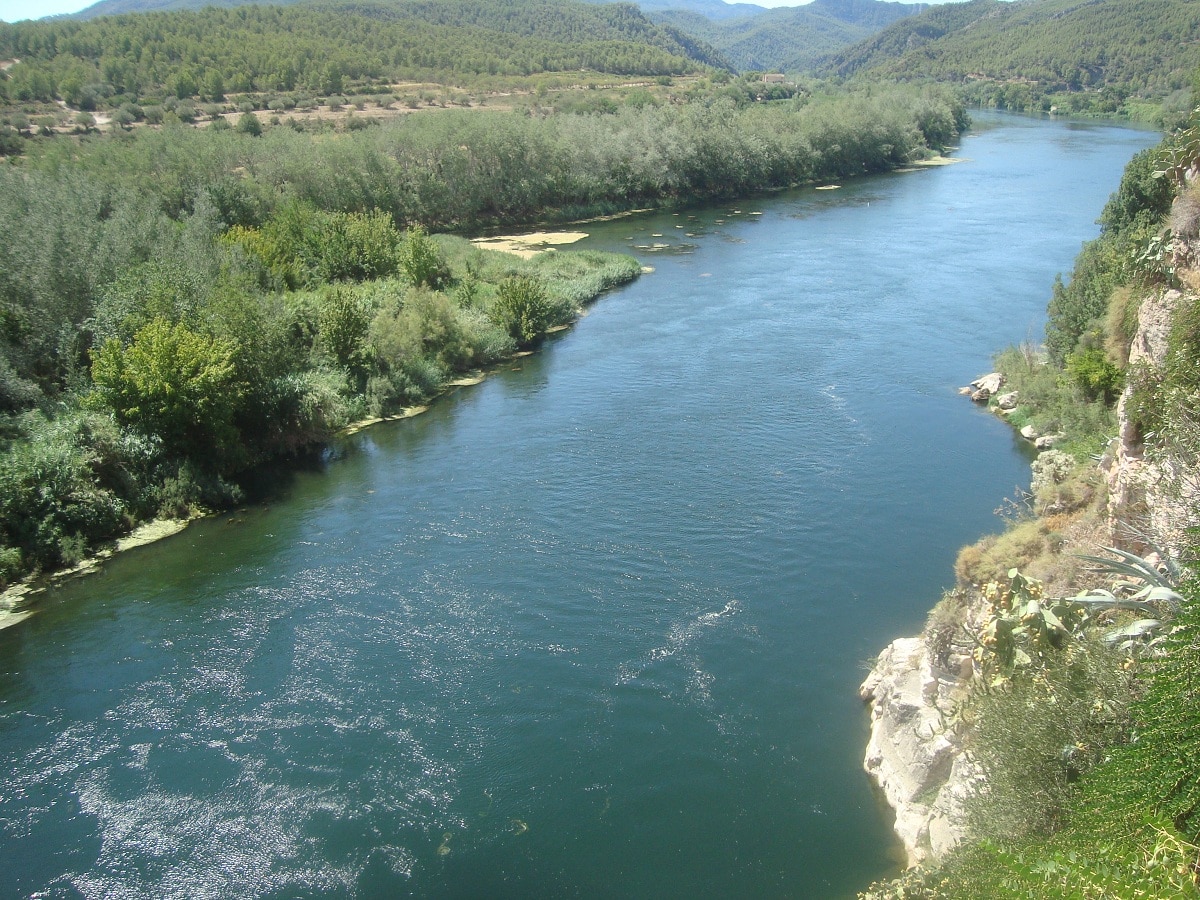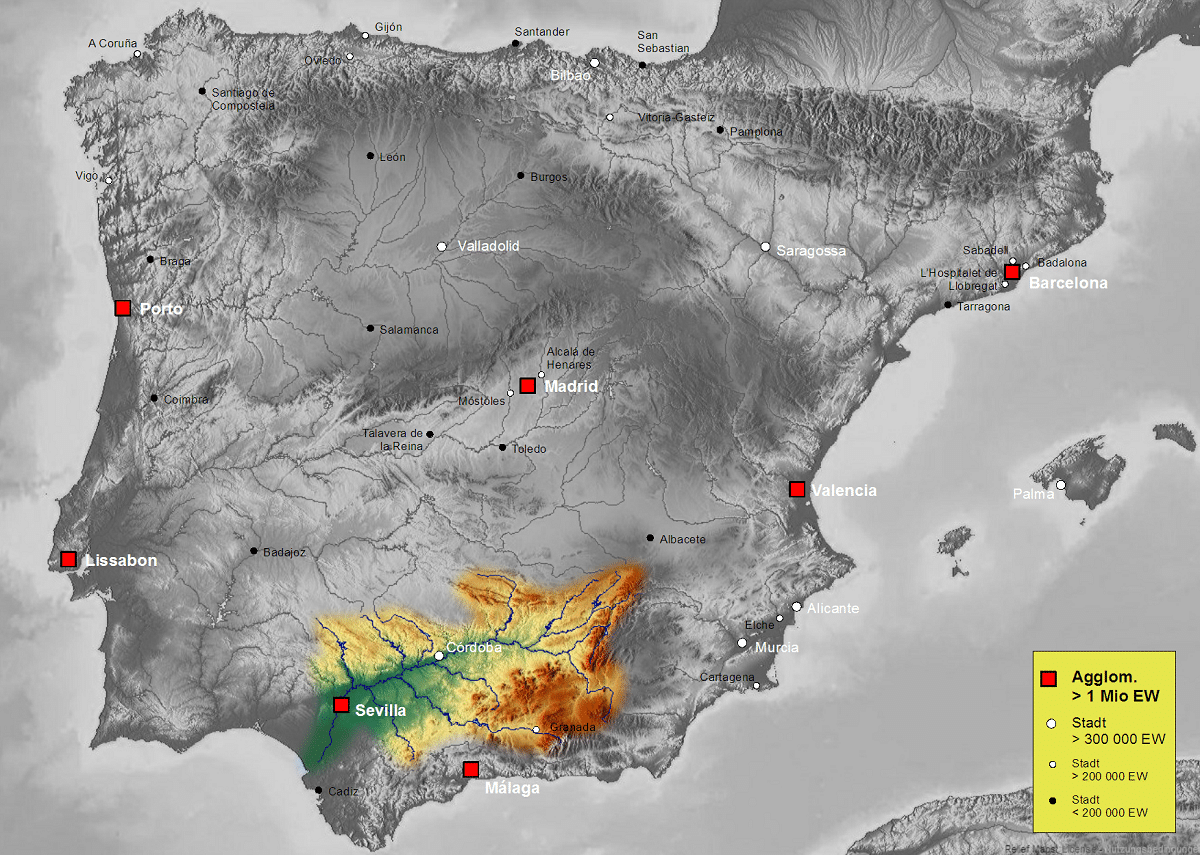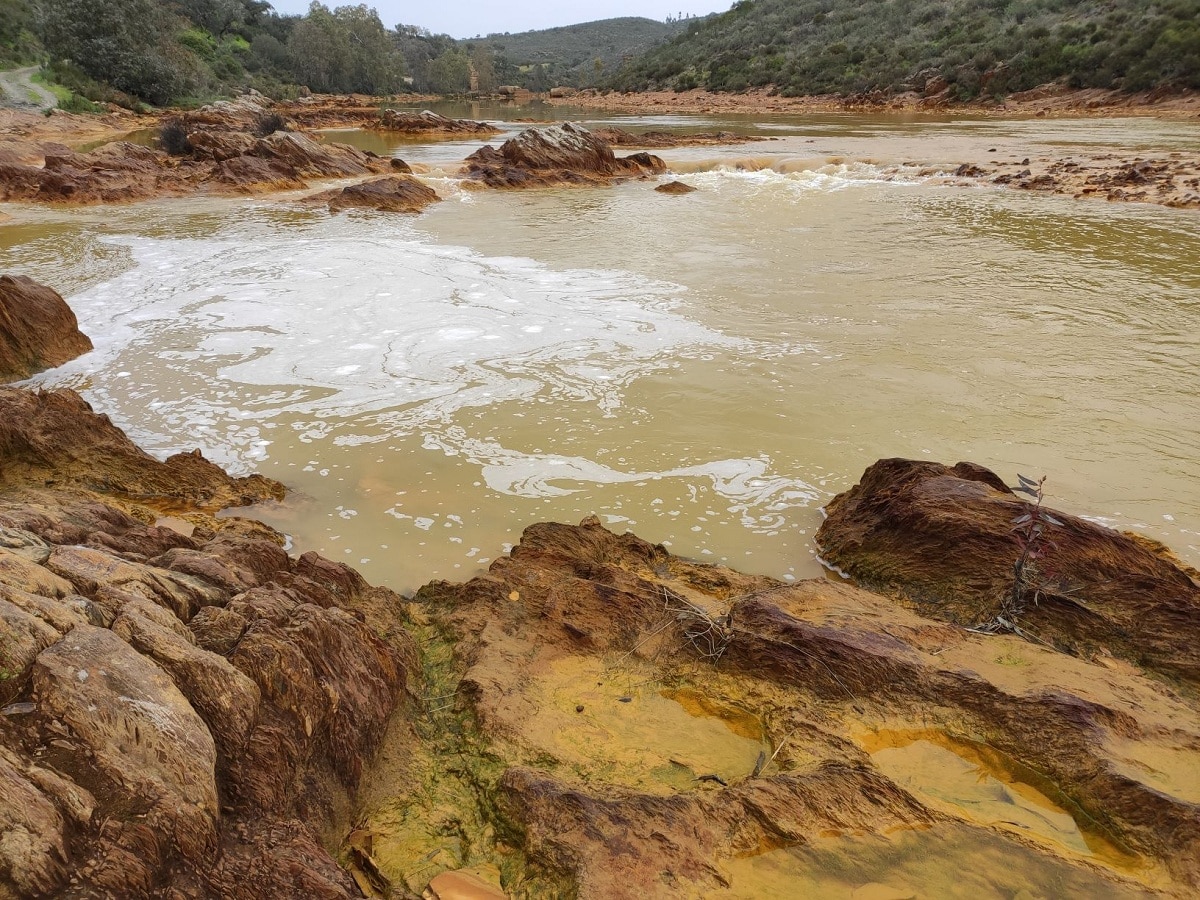
In the field of geology and geography a watershed this great importance. It is a depression in the ground that is surrounded by higher ground. In this area, all the water that falls into it, including that of precipitation and melted snow, converges into a single one. In an area of low ground that corresponds to the outlet of the basin. This is where the rivers, lakes, estuaries are formed and emptying into the seas and oceans.
In this article we are going to tell you about the importance of the hydrographic basin, its characteristics and geology.
Key features

Many rivers have their own basin, which drains the entire land. For example, the entire drainage area of the Amazon River constitutes its drainage area, as does the Nile River drainage area is your hydrological drainage area. They are the main natural system in charge of collecting and transporting water and sediments.
The "line" that separates and distinguishes the adjacent watersheds is called the "basin", which is nothing more than a series of geological structures with a considerable height to avoid the convergence of the waters of the basin. Ridges, mountains, hills and crevasses are typical layers that can separate waters.
Basins vary in size, but can be as small as large, covering most areas of a country and extending to several square kilometers. The reason for this is that the basin does not only have one river, but also several tributaries, which are connected to other larger or smaller bodies of water.
Many times a small river is replenished with a large river or connects to a stream or lake, so the amount of water in the basin will increase. Thus, a large basin consists of a main stream and all its tributaries, but each tributary also has a small basin. Example: The Mississippi River Basin consists of 6 smaller watersheds. The Amazon basin is the largest river because it and all its tributaries have a drainage area of more than 7 million square kilometers.
A watershed is the main natural system responsible for collecting and transporting water and sediment in rivers, streams, and other waterways. The amount of liquid that flows depends on the rainfall that occurs, the absorption capacity, infiltration and saturation of the soil, the shape of the land (flat, sloping, etc.), the transpiration of plants, evaporation and other factors. What's more, excessive use of surface water by humans will reduce the amount of water in the basin.
Types of watersheds
There are different types of hydrographic basins according to their morphology and the place where it is found. Let's see what the main ones are:
- River basin. They are areas drained by rivers and their tributaries, as in the example mentioned above. However, there are other types of watersheds
- Structural basin. They are formed by the displacement of tectonic plates. They are more common in arid regions.
- Interior basin. Its water does not flow into the sea or ocean, but it tends to evaporate or seep into the ground. These structural basins have internal drainage systems.
- Lake basin. The tectonic basins found in the valleys are blocked by debris, rocks or other substances that prevent the release of water, thus becoming trapped in the debris and forming lakes.
- Sedimentary basin. They are structural hydrological basins with slender depressions composed of layers of rock and organic materials.
- Ocean basin. They correspond to the great depressions on which the world's oceans are located, so in each ocean there is a basin
Pollution and importance

Pollution and urbanization are some of the serious threats that threaten the world's watersheds. Watersheds play a fundamental role in maintaining the ecology and life of organisms, including humans. Water is one of the most important natural resources in the world and is necessary for the consumption of all people.
Pollution, urbanization and overexploitation of resources (animal and plant species of the waters, minerals, etc.) of its waters constitute serious threats that endanger their persistence on earth. Many governments have established watershed management groups, but the truth is that whoever tries to care for the water also helps protect the watershed.
Watersheds are important for the development of ecosystems and human activities. What is the importance of the basin? We show you some examples:
- First, regulate the flow of water, so its presence reduces the risk of natural disasters such as floods or landslides.
- In addition, regulate water quality and are a source of fresh water, food for all the biodiversity that inhabits the earth.
- Since the flow of water in the basin is very fast, we can get hydroelectric energy to carry out our activities.
- Finally, we cannot fail to mention the beauty of the river basin, which is often part of our leisure activities.
Formation and structure of hydrographic basins
In the water cycle, rainwater collects in small channels that form slopes to form hydrological basins, opening many channels of short duration. Part of the rainwater evaporates or seeps in and the other part circulates down the slope. When the basin is large enough, the surface flow and the underground flow can produce a permanent water flow, forming a complete hydrological basin.
Watersheds are divided into several parts. Let's see what they are:
- High basin: it is the area where the source of the main river is located in areas of slopes and mountains.
- Middle basin: It is the area that corresponds to the valley of a river, where, in general, it zigzags.
- Lower basin: It is the low zone where the rivers lose speed, strength and sediment all the collected materials, forming plains.
I hope that with this information you can learn more about what a watershed is, what its characteristics and importance are.
This publication is interesting, continue to enrich our knowledge.